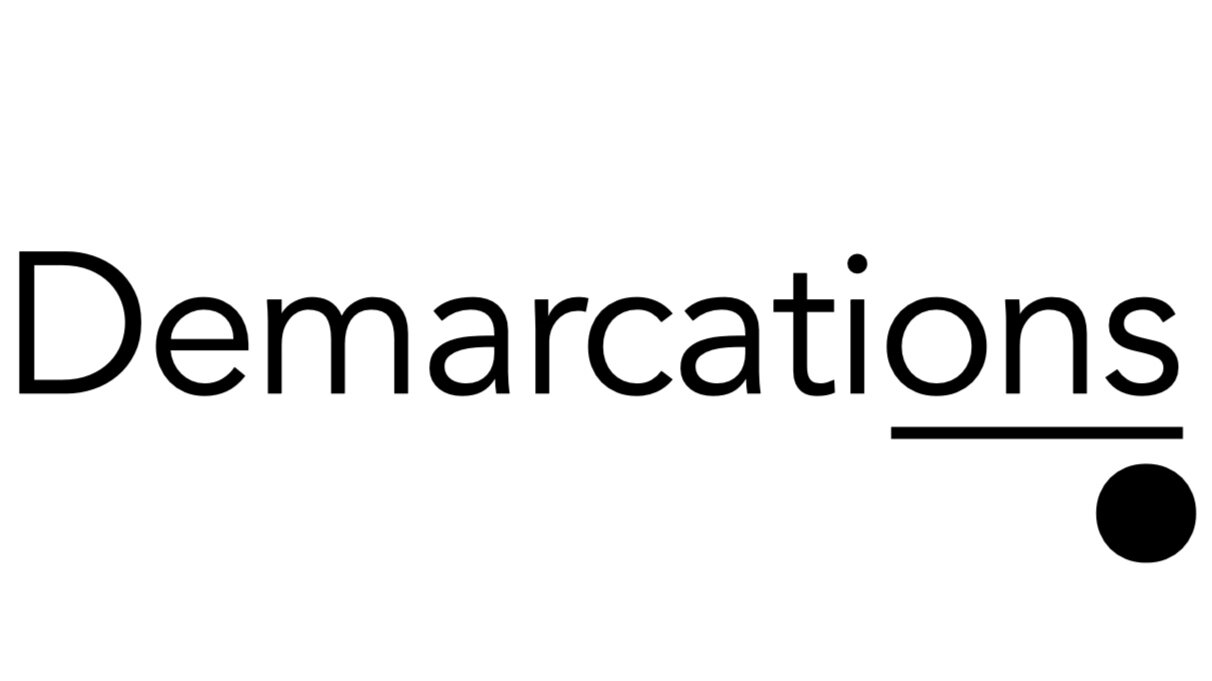According to Cornell University ergonomics experts, the key is to "build movement variety into the normal workday." The bottom line:
Sit to do computer work. Sit using a height-adjustable, downward titling keyboard tray for the best work posture, then every 20 minutes stand for 2 minutes AND MOVE. The absolute time isn’t critical but about every 20-30 minutes take a posture break and move for a couple of minutes. Simply standing is insufficient. Movement is important to get blood circulation through the muscles. Research shows that you don’t need to do vigorous exercise (e.g. jumping jacks) to get the benefits, just walking around is sufficient. So build in a pattern of creating greater movement variety in the workplace (e.g. walk to a printer, water fountain, stand for a meeting, take the stairs, walk around the floor, park a bit further away from the building each day)
This gels with my own experience. I thought of getting a Geek Desk when I moved offices. But I just don't write as well when standing, and my knees hurt after awhile. Conversely, I have an easier time talking on the telephone when standing. And I do my best reading when slouched on the couch or leaning back in a chair. The best workday, physically, seems to include a steady variety of these activities and postures.
And walking down to the water cooler might actually help your productivity.
(Via John Gruber and Dan Moren)






